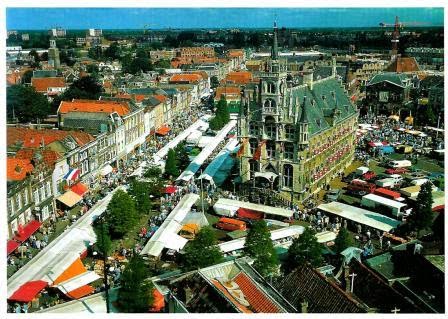My trip to the Netherlands was more than a month ago. I really like the country and I'm sure I'll visit again in the future, not only to visit again 2 or 3 places that I've been to on this trip but also to visit other places and meet some friends too. I've been to Amsterdam, Rotterdam, Kinderdijk, Den Haag, Delft, Gouda, Marken, Volendam and Zaanse Schans.
These cards were sent by me and also signed by my penpal Tessa with whom I've sent a lovely day at Kinderdijk and Rotterdam, and Gouda, where I met 4 postcrossing friends, Leonie, Astrid, Jetske and Tjitske.
© Foto + Art work: Arthur van Loo
I wrote on my last post about Kinderdijk that this place was on my must visit list, now it's on my visited list :) Besides cards, I also like to write letters and Tessa is one of my pals. When I started to think about this trip I asked her if she'd like to meet me, she said yes and we met in Rotterdam. Her dad gave us a ride to Kinderdijk and we spent a lovely morning there. The place is really beautiful, the weather was great and the company was perfect.
© Fotopersbureau Herman Van Os
Because of postcrossing I've a few friends in the Netherlands and once there of course we had to met. We met in Gouda. The weather was not so great that day but we spend a nice day visiting the city.
Gouda, the historic city in the province of South Holland, is known world-wide for its Gouda cheese, its candles and its delicious stroopwafels.
This is the Markt Square on a market day (we were day on a market day) with the Old City Hall in the middle of the square. The Town Hall was built between 1448 and 1450 and is one of the oldest Gothic city halls in the Netherlands.



.jpg)

.jpg)

.jpg)



.jpg)


.jpg)
.jpg)


.jpg)








.jpg)
.jpg)



.jpg)